Review for Babylon 5: The Gathering
Introduction
Actually, there was another reason why I took so long in getting Babylon 5 on DVD aside from the aspect ratio problem. The one aspect of Babylon 5 I did have on VHS was this pilot movie, The Gathering, which I had taped off a TV broadcast. That’s a tape that saw a whole lot of use over the years, and whenever I thought about getting it on DVD, I kept reading how the movie had been re-edited and re-scored. The music of the pilot movie is one thing that I really love about it; Stewart Copeland’s score really gives the show a different vibe in comparison to the series. Much as I enjoy Christopher Franke’s work (even if it gets a little Tenchi Muyo for me), I didn’t want to lose what I liked best about the pilot. Fortunately the boxset had a little surprise...
It’s the year 2257, and the fifth of the Babylon stations has come online, a testament to humanity’s perseverance, or sheer stubbornness after the first three were destroyed by sabotage during construction, and the fourth mysteriously vanished 24 hours after becoming operational. The Babylon station is supposed to be a meeting place, neutral ground where the races of the galaxy can meet in peace and friendship. The five major powers are represented, the Earth Alliance, the Centauri Republic, the Narn, the Minbari, and as this story begins, the Vorlon representative Kosh is scheduled to arrive and take up his post. But when the Vorlon ship docks, the Ambassador is poisoned, and none other than the station’s commander, Jeffrey Sinclair is implicated in the assassination attempt. It will be up to the chief of station security, Michael Garibaldi to find out the truth, or the galaxy’s last, best hope for peace will fall at the first hurdle.
Picture
The series might not have original aspect ratio, but the some of the discs do; this movie for one, and the spin-off series. The Gathering thus gets the original 4:3 regular transfer reflecting the source material. It’s not great. It has the softness of an NTSC source transferred to PAL, with an additional softness indicative of being edited on video, as most shows were in those days. Colours are a little faded, and detail levels are low, which takes a bit of getting used to after years of HD. This isn’t the disc to watch scaled up to your main flat panel TV, and it will probably be best appreciated on a smaller screen (CRT if you still have one). I fondly remember Babylon 5 as the show that was made on a Commodore Amiga, with the help of the Video Toaster Hardware and the Lightwave software package. It turns out that only applies to this pilot and the first season, but that did result in visuals unlike any seen in television sci-fi before, and Babylon 5 is a rare space opera where the space ships obey the laws of physics, mostly.
Sound
The Gathering gets DD 2.0 English and German, with subtitles in these languages plus Finnish, Norwegian, Swedish, Czech, Greek, Polish, Turkish, and Dutch. The pleasant surprise is that this is the original pilot, the one with the Stewart Copeland track, the version that I wanted. It’s more of a rock score, a little edgier and fast paced, rough, not quite as grand and orchestral as the Christopher Franke music for the main series, but I really do have a soft spot for it. The volume level is generally low though, and on top of that, the dialogue is buried a bit in the mix. It’s watchable enough. There are no problems with glitches or drop-outs.
Extras
So we in Region 2 got the original pilot, while Region 1 got the re-edit. That re-edit version as released in the movie collection in the US (reviewed here on the site), gets 5.1 audio, an audio commentary from J. Michael Straczynski, and a small featurette. This UK release gets nothing but a cast and crew listing, accessible from a static menu. It also has some Interactual rubbish, web links and chatroom access which are probably defunct by now.
Conclusion
Babylon 5 got a hell of pilot episode! The hook in the story is that it’s a classic murder mystery, or in this case attempted murder mystery. But around that tried and trusted storyline, J. Michael Straczynski pulls off a feat of world-building, introducing the Earth Alliance, the Narn, The Centauri, the Minbari and the Vorlons. The Vorlons are enigmatic and secretive, the Minbari contemplative and guarded, the Narn militant and aggressive, the Centauri a waning power, and the Earth Alliance apparently the new kids on the block. We learn about the telepaths, recent history, and of course the pilot establishes the visual aesthetic of the universe, not only when it comes to special effects, but also the barely restrained mayhem of life on the station, the melting pot of races and societies. It’s as if a Star Wars cantina scene ran riot through the full 90 minutes.
On top of that it does a great job in introducing the characters, and even developing them to a degree, although alien make-up wasn’t yet set in stone, with both Delenn and G’Kar looking a lot more angular than they would in the show. What really blows me away is just how much Straczynski foreshadows the series; he’s already dropping little hints and clues which would pay off over the next five years. They’re just character beats at this point, G’Kar’s little confrontation with Delenn, Sinclair’s tale of the Battle of the Line. That said, the cast was yet to be set in stone, and this would be the only time that we’d see Lt. Commander Takashima and Dr Ben Kyle, while the telepathic Lyta Alexander would vanish for a few seasons to be replaced by Talia Winters.
Often pilot episodes or movies are just trial runs. Star Trek had two bites of the apple when it came to pilot episodes, one with Jeffrey Hunter, one with William Shatner, and neither bears much resemblance to what the show would become. It’s often the case that pilot episodes aren’t even broadcast to the public, so removed are they from the series they presage. But The Gathering fits right into the Babylon 5 universe; the few rough edges can be forgiven, as in every other respect, it’s as if Babylon 5 came into existence fully formed, as if the universe had pre-ordained its existence.
Typically, now that I have the version of the Gathering that I wanted, I become interested in the re-edit, which actually polished a couple of those rough edges. It turns out that Laurel Takashima, who sounds so flat and understated in this version, was actually created in ADR, and that the original actor performance had some edge and strength to it. That performance is used in the re-edit. It also cuts out that alien sector diversion that seems a little silly. Now, I want to see the Region 1 version!
8/10
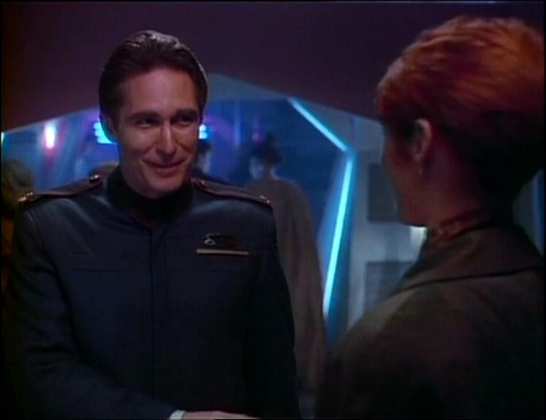
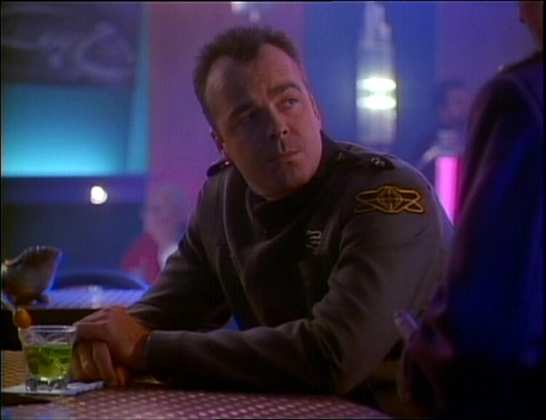
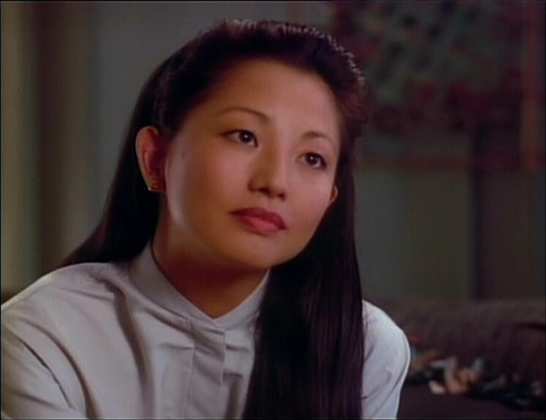
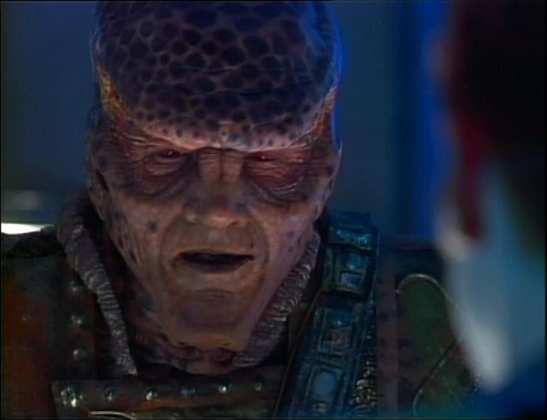
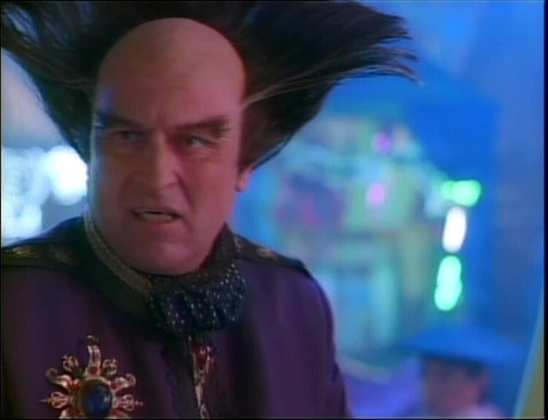
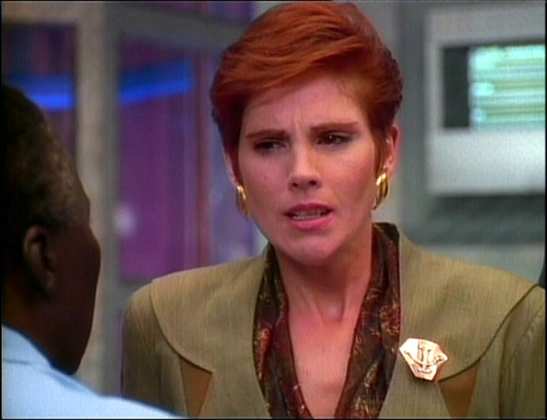
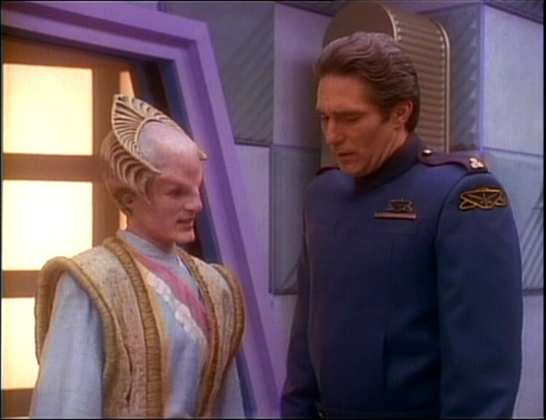
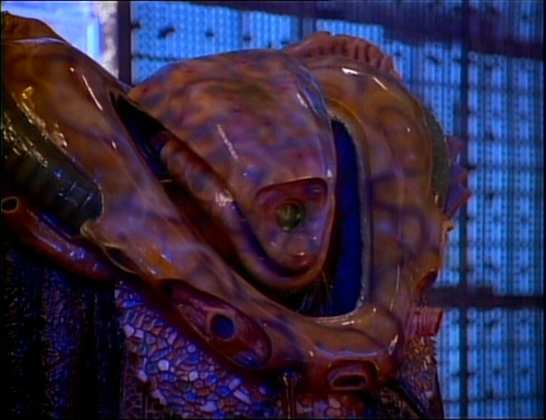
Your Opinions and Comments
Be the first to post a comment!